ATMOsphere returns to Australia with new momentum
From May 12–13, the ATMOsphere conference returned to Australia to continue its work promoting the uptake of natural refrigerants.
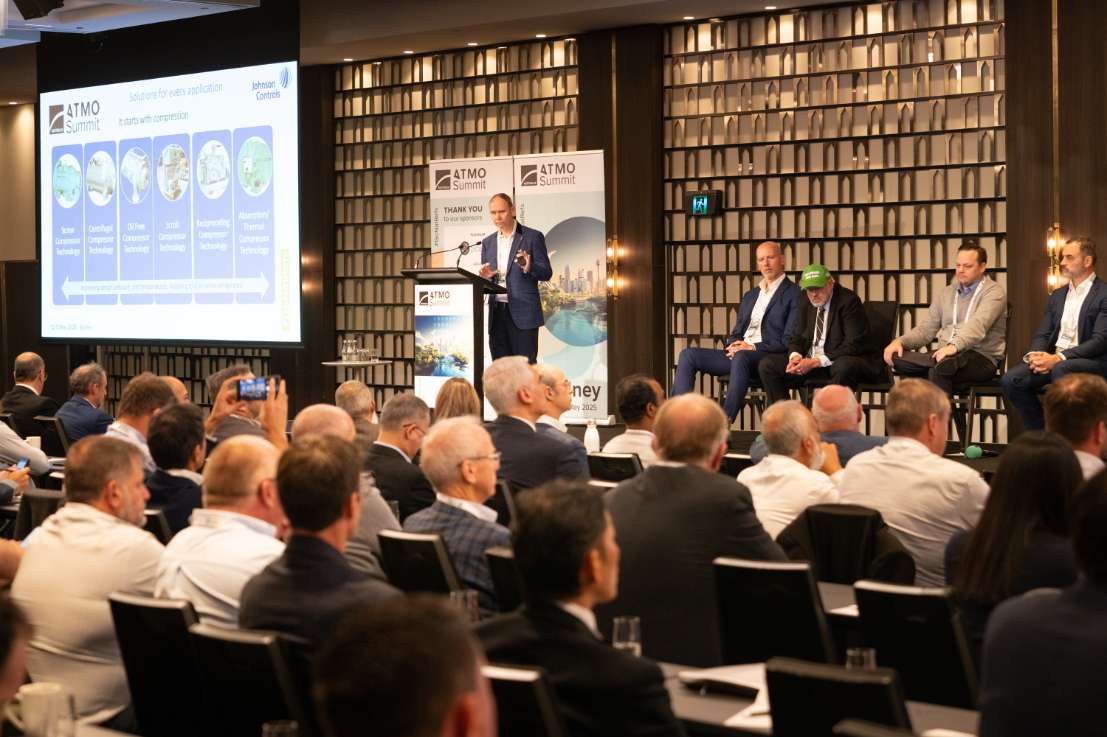
Although the ATMOsphere series of conferences has clocked up more than 80 events globally, it has been five years since the event was held in Australia. A growing interest in natural refrigerants was reflected in a strong line-up of 42 speakers, attendees representing over 90 organisations, and 27 sponsors and partners.
Highlights of the conference included market and technology trends, the environmental impacts of HFOs, the latest policy developments around natural refrigerants, and case studies from a wide range of applications.
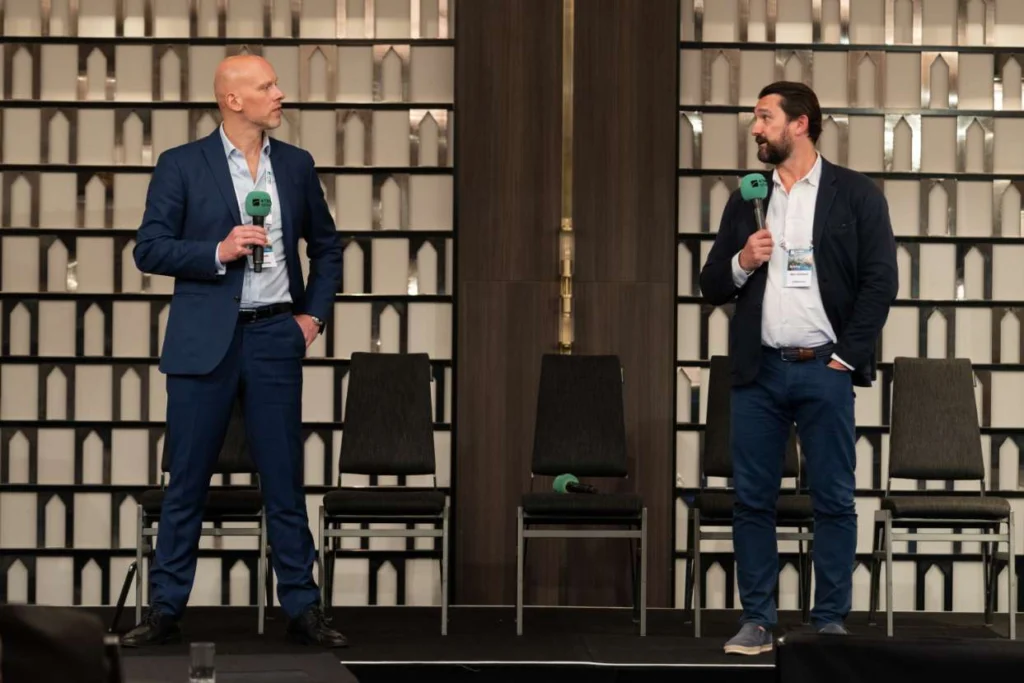
Downstream impacts of HFOs
One of the major topics of conversation in the HVAC&R industry today is the concern over HFO refrigerants breaking down into per- and polyfluoroalkyl substances (PFAS), also known as forever chemicals for their persistence in the environment. ATMOsphere put a spotlight on the issue in a session on “the Real Impact of HFOs”, presented to a packed conference room.
ATMOsphere Founder and CEO Marc Chasserot set the scene by explaining that HFOs break down into trifluoroacetic acid (TFA), a type of PFAS, and that refrigerants are the main source of TFA. Chasserot also highlighted the move away from fluorinated refrigerants around the world – he estimates that by early 2028 there will be a ban on PFAS in Europe, while parts of the US, including Minnesota, Maine and California, are taking similar action. These bans are likely to come to different sectors of HVAC&R at different times, starting with refrigeration.
Chasserot then handed the microphone to social entrepreneur and environmental advocate Jon Dee, who told attendees about the serious health issues his family and community are facing due to FPAS contamination of drinking water in the Blue Mountains. Although the problems Dee spoke about relate to a different kind of PFAS linked to fire-fighting foam, the session offered a sobering view of the environmental impacts of forever chemicals in general.
“Lobbyists will call it TFA, not PFAS … This is going to be the defining issue of refrigeration over the next 20 years.”
Jon Dee
He recommended to attendees that they get on the front foot rather than get caught by surprise, pointing to the class action he has initiated to sue the NSW government over PFAS contamination of drinking water. So far, Dee said, $365 million has been paid out in similar cases to communities in Australia, and he says the the Blue Mountains is far more affected.

The session finished with a presentation from Dr Chris Hansen from the University of New South Wales. He spoke about degradation pathways for HFOs and how certain species of HFOs break down into ultra-high GWP chemicals, such as R23 (fluoroform), with a GWP of 14,800.
Hansen explained the research he is leading, and how the results may require industry to reconsider the use of some HFO refrigerants that have previously been selected for their ultra-low GWP.
Refrigerants and regulation
Another stand-out session explored the policy and standards developments impacting the uptake of natural refrigerants in Australia and New Zealand.
Ron Pulido from NABERS spoke about how the NABERS rating system has driven energy efficiency improvements in a range of sectors, including refrigerated warehouses. He called for case studies of refrigerated warehouse upgrades and said that NABERS is looking at incorporating refrigerants in its rating systems.
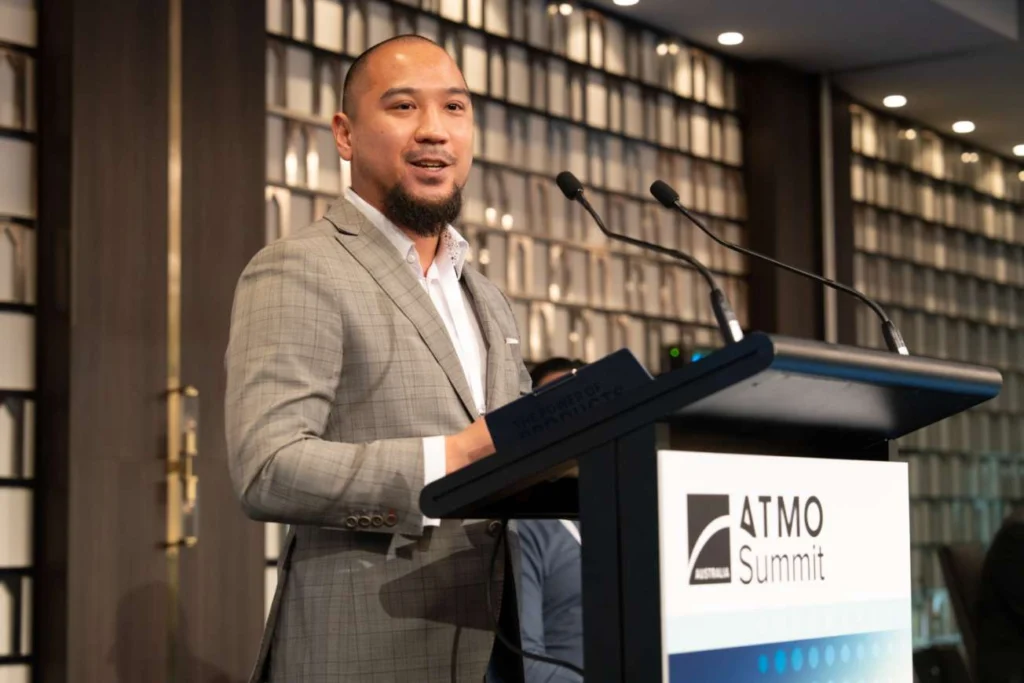
Matthew Darby from Cool-Safe spoke about the refrigerant product stewardship systems in place in New Zealand. He also spoke about the New Zealand HVAC&R industry more broadly, talking about the impending skills shortage as older practitioners hang up their gauges – of the 14,500 people working in the sector, only 735 are currently in training, indicating an alarming gap between retiring workers and new starters.
Peter McQueen from PL & D McQueen spoke about the need for training in natural refrigerants for trades, including a thorough review of existing courses. As McQueen noted, many registered training organisations delivering the training package for refrigeration and air conditioning apprentices are still not offering the required units of competency for working with flammable refrigerants due to a lack of equipment or teachers.
“Education is the key to change.”
Peter McQueen
Mike Nasser from AAPT Group and Redynamics director Ben Adamson, F.AIRAH, spoke about hydrocarbon safety and compliance requirements in Australia. They revealed a patchwork approach, with Queensland’s tighter system acting as a de facto control for other parts of Australia. They noted the dangers inherent in retrofitting systems to run on hydrocarbons without suitable testing and safety assessments. And they also underlined some of the issues Australia faces dealing with local and international standards.
Top takeaways
Adrian Bukmanis, Affil.AIRAH, representing the Natural Refrigerants Company, presented a case study on a cold storage facility in Melbourne using CO₂ transcritical refrigeration with heat reclaim and hot gas defrost.
Bukmanis notes that big players in the industry were present at ATMOsphere with a broad range of naturals solutions, including an R290 chiller deployment in Queensland and many innovative local applications for CO2. He says that more involvement from people on the tools would be beneficial.
“There are opportunities still to get more trade level and contractors in the room – for some it appeared to be new content,” he says. “There is a wider audience that would benefit from these messages. The sessions on hydrocarbon certification and licensing were helpful, but also suggest there is still plenty of confusion.”
Samantha Bothma, M.AIRAH, presented on the work Woolworths is doing to decarbonise their supermarkets by moving to transcritical CO2 refrigeration systems and other natural solutions. For her, the big takeaways from the event were the availability of propane chillers and heat pumps, but the lack of supporting training or policy.
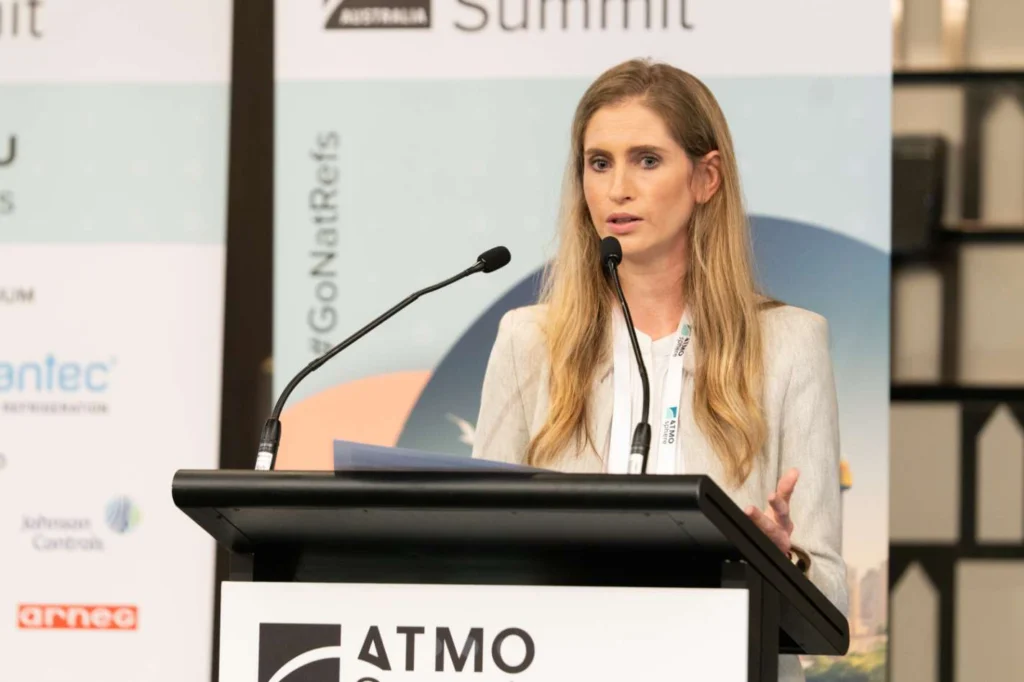
“We are very keen to use R290 chillers and heat pumps, but there is a lot of uncertainty and fear around this,” she says. “Having the certifiers there to talk was really good – and it made me realise what a gap there is across the various states. Maybe something needs to be done on a federal level, or maybe the other states can adopt Queensland’s methodology.
Bothma says the need for training was also clear.
“Skills shortages came up – as it does at every conference, in every country,” she says. “Naturals are the refrigerants of the future.”
The scale of the PFAS/TFA issue and the fact that refrigerants are by far the main contributor to PFAS emissions was a huge talking point. As was stated more than once, this is likely to be the defining issue for our industry in the next decade.
Ben Adamson, F.AIRAH, who presented on certification of imported hydrocarbon packages, said his biggest takeaway was the scale of the PFAS/TFA issue. He also noted that natural refrigerants are being embraced more quickly in some sectors than in others.
“There is high take-up of natural refrigerants in the industrial and commercial refrigeration sectors, but low take-up in HVAC,” he says. “Expanding natural refrigerants into HVAC will be critical over the next decade, and needs to avoid a fall-off-a-cliff situation when the inevitable HFO ban comes in.”
Stefan Jensen, L.AIRAH, occupied the front row throughout ATMOsphere, and took the stage to present on low-charge ammonia systems. Although he emphasises that it is vital not to take our eyes off energy efficiency, he agrees the session on PFAS/TFA made a huge impact.
“The PFAS issues have put the global refrigeration industry on notice that refrigerant change is imminent.”
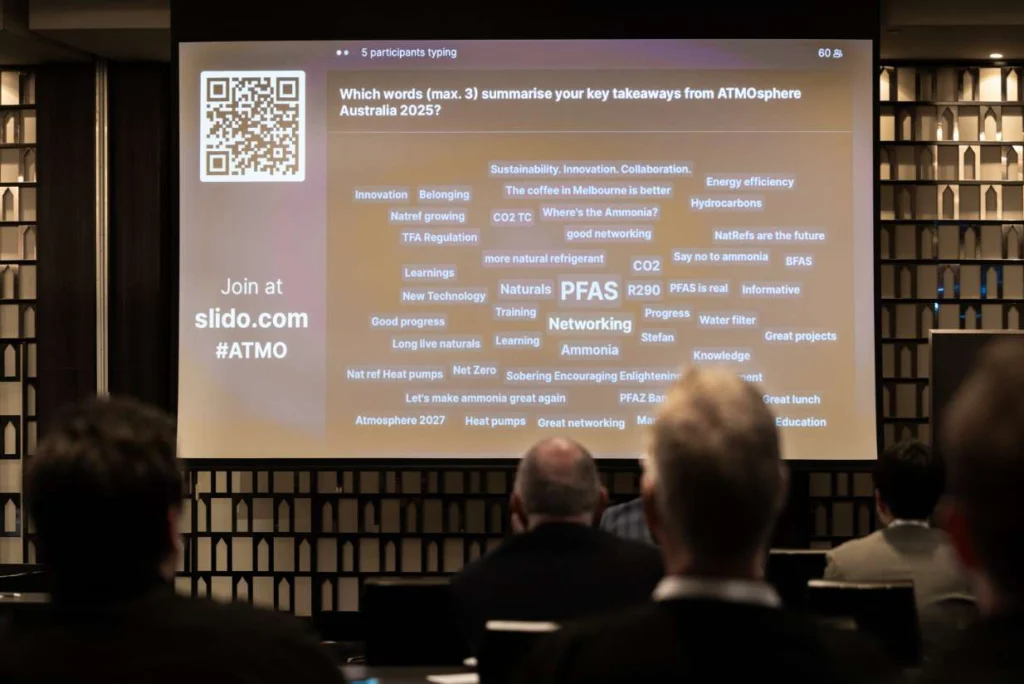
PREV
NEXT
Comments
Advertisements
Recent news
- AIRAH announces first round of speakers for HVAC26
- Daikin opens new Australian manufacturing facility
- Refrigerant Handling Codes of Practice now available digitally
Latest events
- AIRAH announces first round of speakers for HVAC26
- Melbourne School of Design to host ASA2025 conference
- HVAC&R industry’s finest shine at 2025 AIRAH National Awards
 Mark Vender
Mark Vender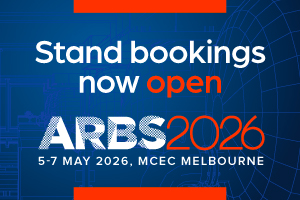

Leave a Reply